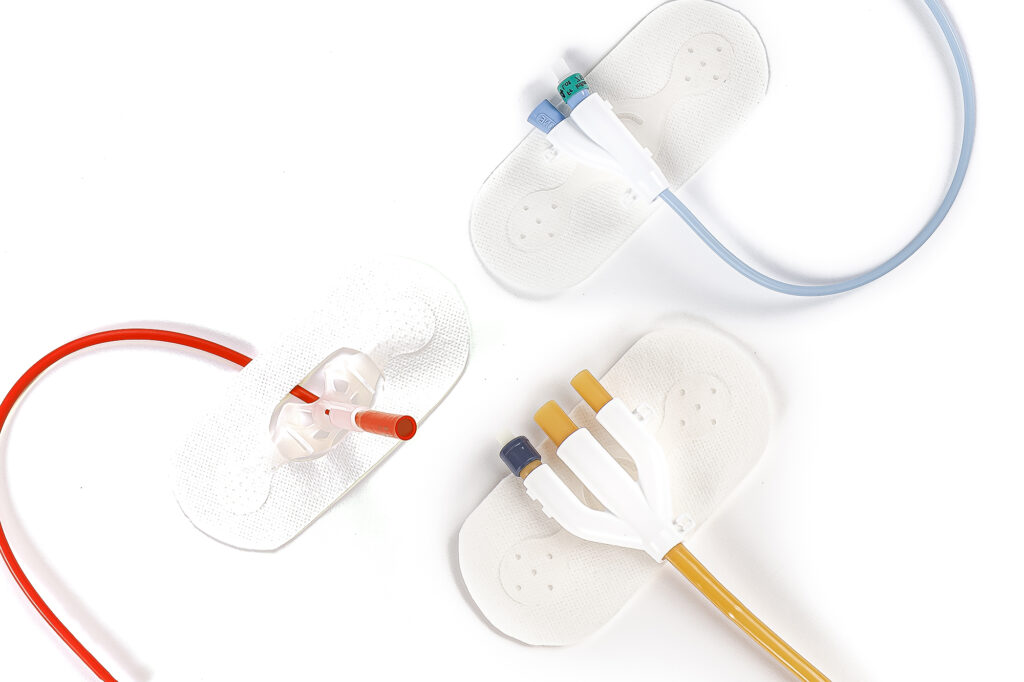We’ve been there. We get it. We can help.


The LECS IRevolutionary Catheter Stabilization
Our flagship device, the LECS I was created to work with a Nelaton catheter and a stoma. The design allows for long-term wear since it permits intermittent drainage. The LECS I starts with a revolutionary, “lizard tongue,” through which the catheter is inserted. This tongue stabilizes the catheter and can be opened for continual drainage or closed for intermittent drainage.
The LECS I provides an easy port to insert a catheter at any moment, preventing stoma stenosis in the event of a potential closing of the stoma. The slightly raised platform also allows for the stoma to breathe. This device is packaged with our exclusive adhesive, which is specially formulated for long-term wear. It holds the device in place with minimal peeling for extended periods of time.
What Providers & Experts Are Saying
Featured Testimonials
Learn More About the LECS I
Product Resources
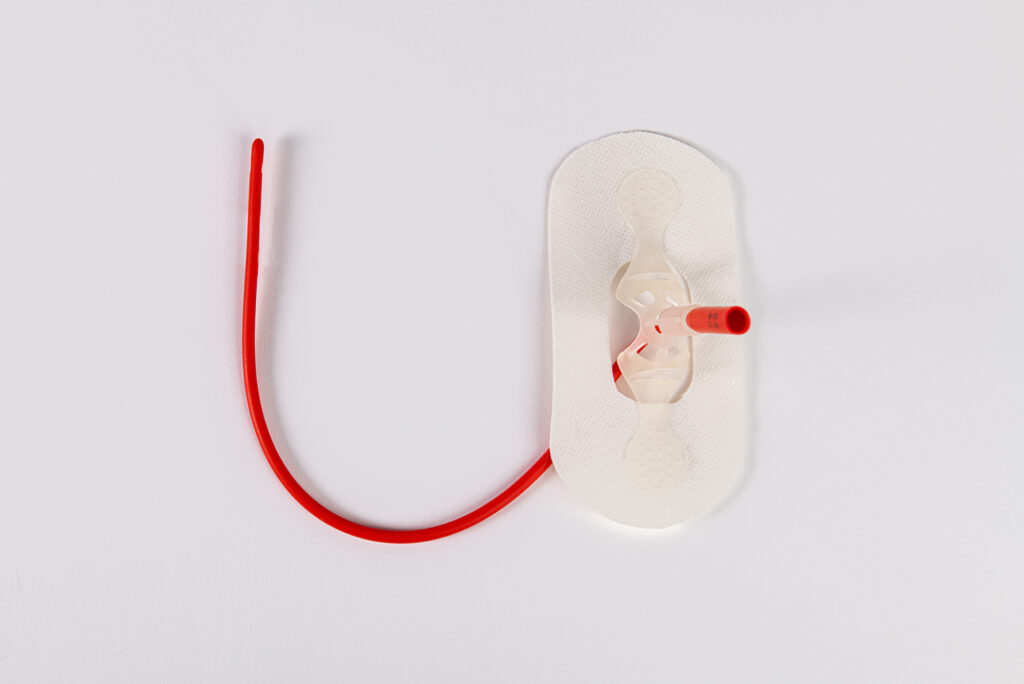
Product Information
LECS I Product Brochure
Learn more about the LECS I from Levity Products.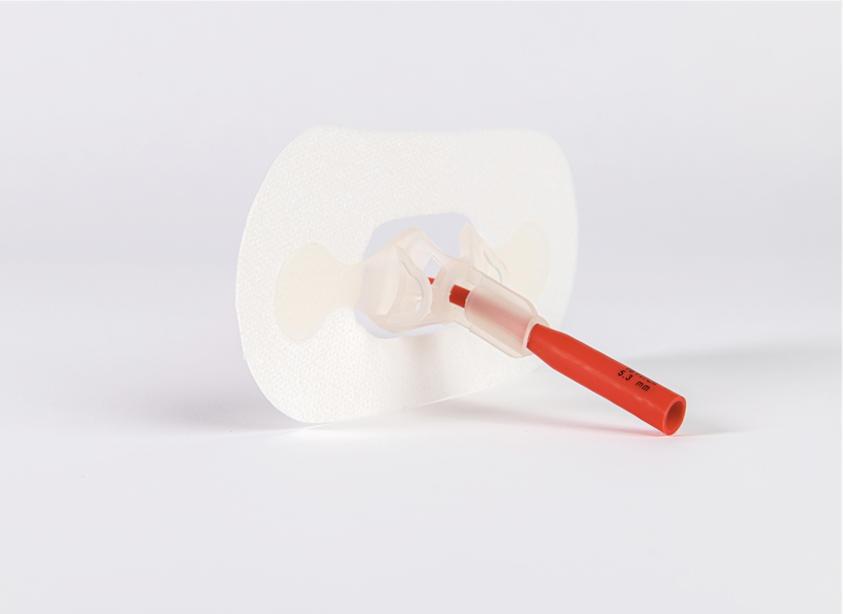
Instructions
LECS I Use Instructions
View our instructions for using and removing the LECS I.
Training
Training Video: How to Use the LECS I
Learn how to use the LECS I device.Everything You Need to Know About the LECS I
Frequently Asked Questions
Am I able to wear the LECS while I shower or perform other hygienic duties?
There are two main parts to the LECS catheter stabilization device – the plastic stabilizer and the adhesive pad. The plastic stabilizer is waterproof and will protect the catheter while showering. The adhesive portion of the LECS consists of a double adhesive non-woven cloth with a water-resistant topliner.
Although not fully waterproof, the LECS should dry very quickly after a short shower. However, it’s recommended that a waterproof dressing such as plastic wrap be applied for prolonged showers or baths.
How often do I need to change my LECS catheter stabilization device?
The LECS catheter stabilization device is designed to be worn for up to seven days, after which it is necessary that it be replaced with a new LECS catheter stabilization device. It’s also recommended that the securement area on the leg or abdomen where the LECS is placed is regularly changed in order to prevent skin irritation.
Do I need to shave before placing the device?
Yes. Before placing the LECS, the securement area needs to be shaved and completely dry. After shaving, use the skin protectant provided to reduce skin irritation, wiping in the direction of hair growth.
Is the LECS catheter stabilization device appropriate for all patients?
The device is appropriate for the majority of patients. The LECS catheter stabilization device has similar properties to other adhesive products. Common areas in which to avoid adhesive placement include severe edema, ascites, burns, open wounds, sloughing skin, etc. Although hypoallergenic, the device should never be placed on patients with a known tape or adhesive allergy.
Can the LECS catheter stabilization device be used with both suprapubic and urethral catheters?
Yes, the LECS catheter stabilization device can be used with both routes of catheterization. The device can be applied to the leg for urethral catheters and to the abdomen or the leg for suprapubic catheters.
Created by Experts, Backed by Science
Levity Products
Our catheter stabilization devices are uniquely designed for long-term wear and mobility for patients.
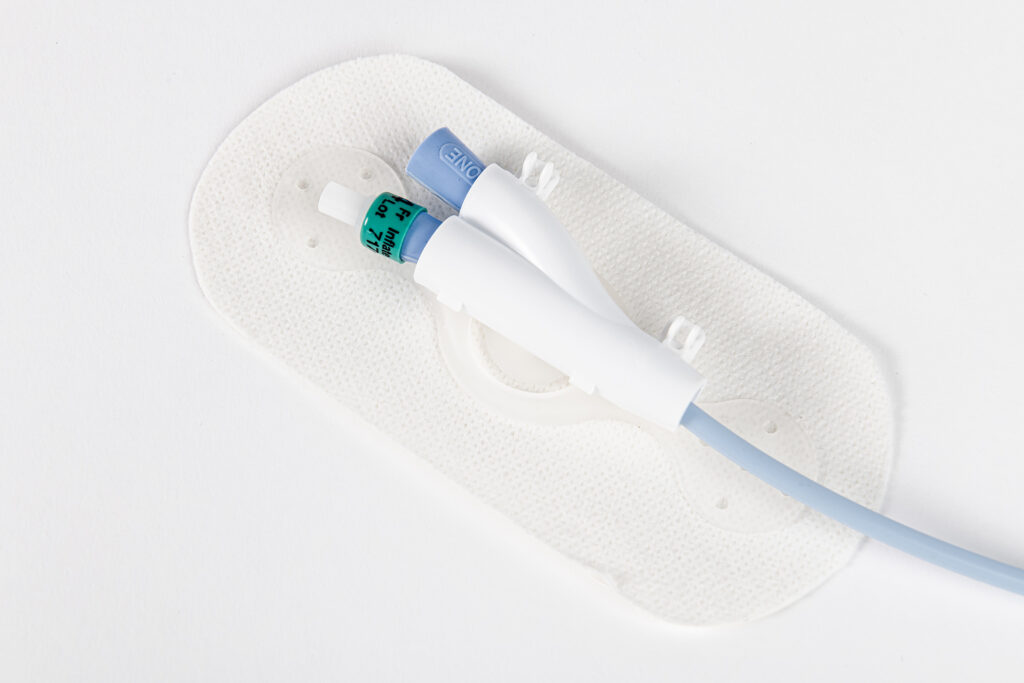
LECS II
Designed to stabilize a Foley 2-way catheter, the LECS II has a unique rotating head that not only permits long-term wear and mobility, it moves with the patient’s movement!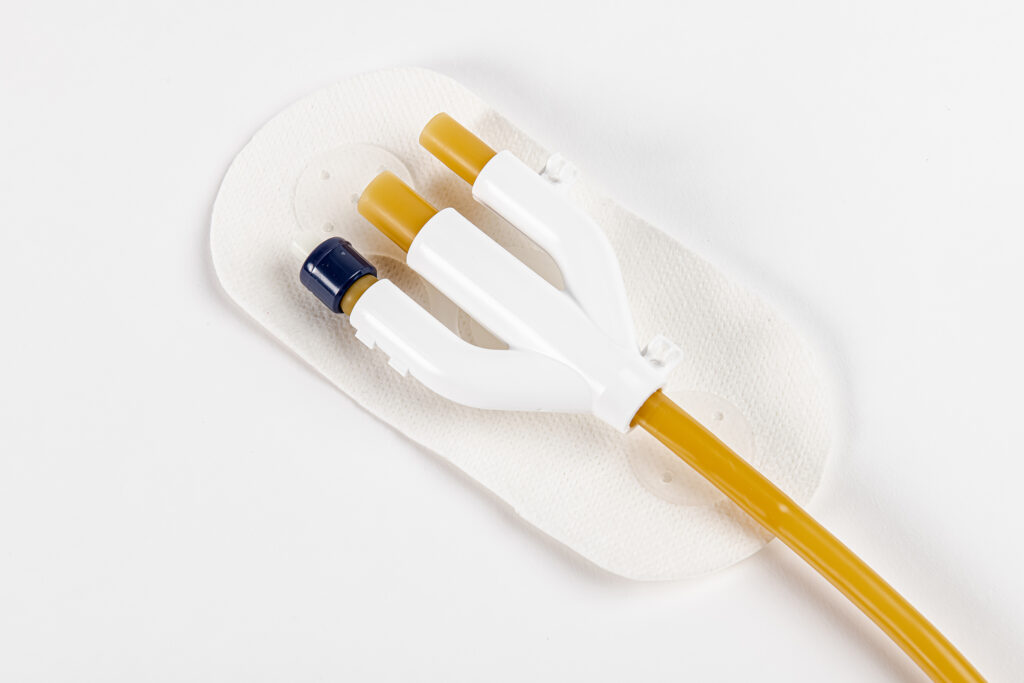
LECS III
The LECS III is designed to stabilize a Foley 3-way catheter, with a unique rotating head that permits long-term wear and mobility by moving when the patient does!